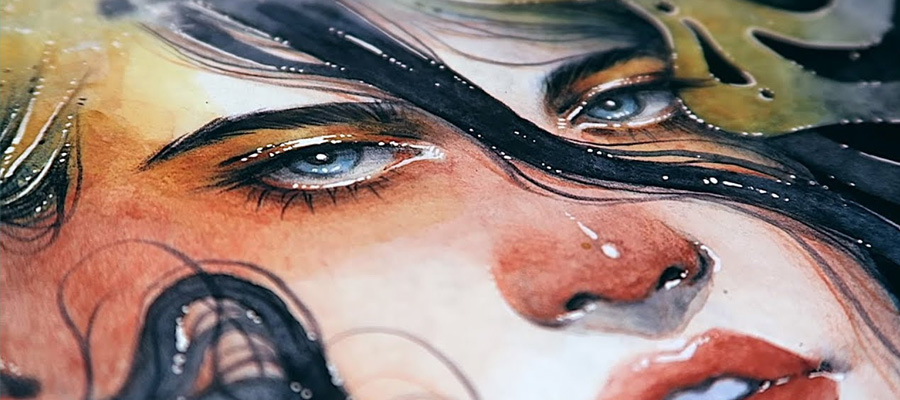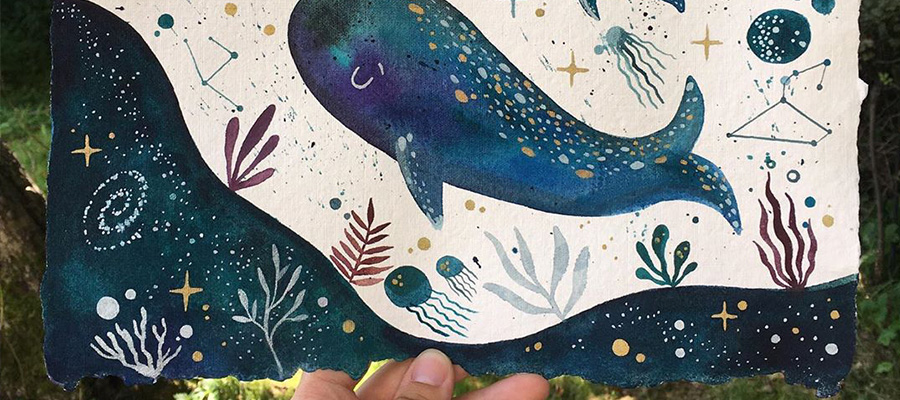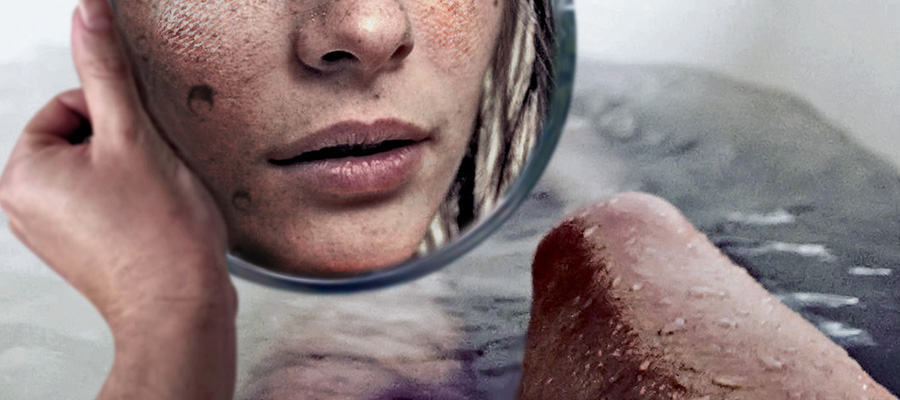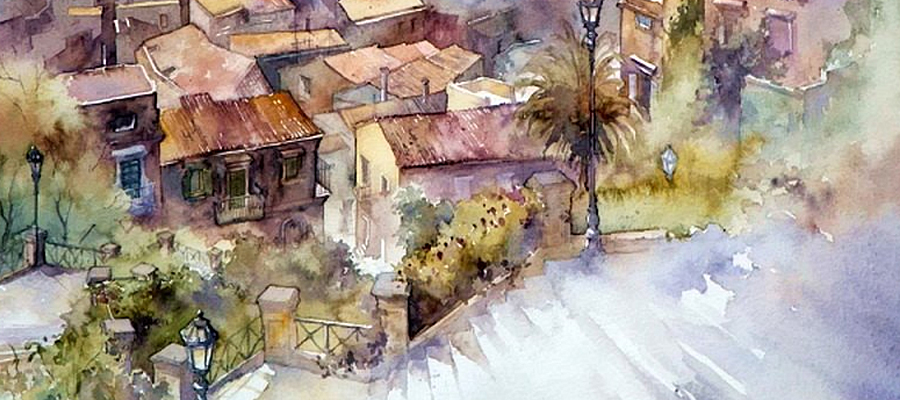It is a very different process to frame a watercolor painting compared to framing an acrylic or oil piece of art. When it comes to watercolors, you need to consider the actual fame, the kind of glass you are going to use, and the matting.
One important thing to keep in mind is that the backing and the matting need to be made out of acid-free materials. This will be recommended by reputable framers, but this point should still be checked when going through your selection process. When you do not use acid-free products, the bevel-cut edge on the ma (which is the narrow angled cut next to the piece of art) will over time discolor, and the actual painting might be affected as well.

Your frame will have various mats to show you that you can choose from. Their color and texture will vary and the choices available to you might be quite overwhelming. Another decision you will need to make is whether you want to use triple, double, or single mats on your painting.
You should usually choose a double mat, and go with a triple one only rarely (More commonly used on very large pieces.) A single frame mat is often not sufficient for the artwork, and I do not choose this option. Your painting will be enhanced by the best mat choice, while also protecting the art by an air pocket being placed in between the glass and your watercolor.
A "double mat" refers to one mat being put on top of another one. A quarter-inch at most of the bottom mat shows around the piece of art. The extra dimension provides interest and depth to the framed painting's overall appearance. It is not necessary for your two mats to be the exact same color.
However, you should use ones that are in your painting, and not simply colors that match your couch! When selecting a white mat, choose one that closely matches the white of the paper on your watercolor which shows in the piece. It will blend in well and not stand out as being too dull or too bright compared to the paper. You might be surprised at the number of "whites" that exist!
Ask your framer to put the samples that you are considering on each of the painting's corners, one at a time, to make sure they look good with all parts of the watercolor painting. What might work well in the painting's upper left corner, might not look great when placed close to the work's bottom right-hand section.
When you are planning to frame a watercolor painting, another important thing to consider is the glass. The options that are available are plexiglass, conservation, non-glare, and clear. The choice between non-glare and clear class is based on your personal preference. Although conservation glass is more expensive it conserves artwork the best. Talk to your frame about these kinds of glass.
If you know where the painting is going to hang, you will have an easier decision to make about the type of glass to use. Watercolor paintings should not be hung in high humidity areas (like close to a stove or in a bathroom). It is also not recommended for your painting to be exposed to prolonged, direct sunlight.
If you are selling a painting, conservation glass is the best choice. It will be a great selling point that can be included in the framed artwork's description. Also mention that acid-free materials have been used (including the backing).
When entering a painting into an art show you will often be required to use plexiglass. It does not beak and is lightweight. However, it does scratch quite easily.
Finally, you need to choose the frame (molding) for your watercolor painting. There are many different colors, surfaces, styles, and widths for you to choose from. One good rule to follow is to not choose a color that is darker than your panting's darkest color.
The frame should complement the artwork instead of competing with it. Usually, subtle golds and soft grays go well with watercolor paintings. A reputable and skilled framer can help you choose the color and width of the frame that will suit your painting the best, and will also make sure to use acid-free materials.




















